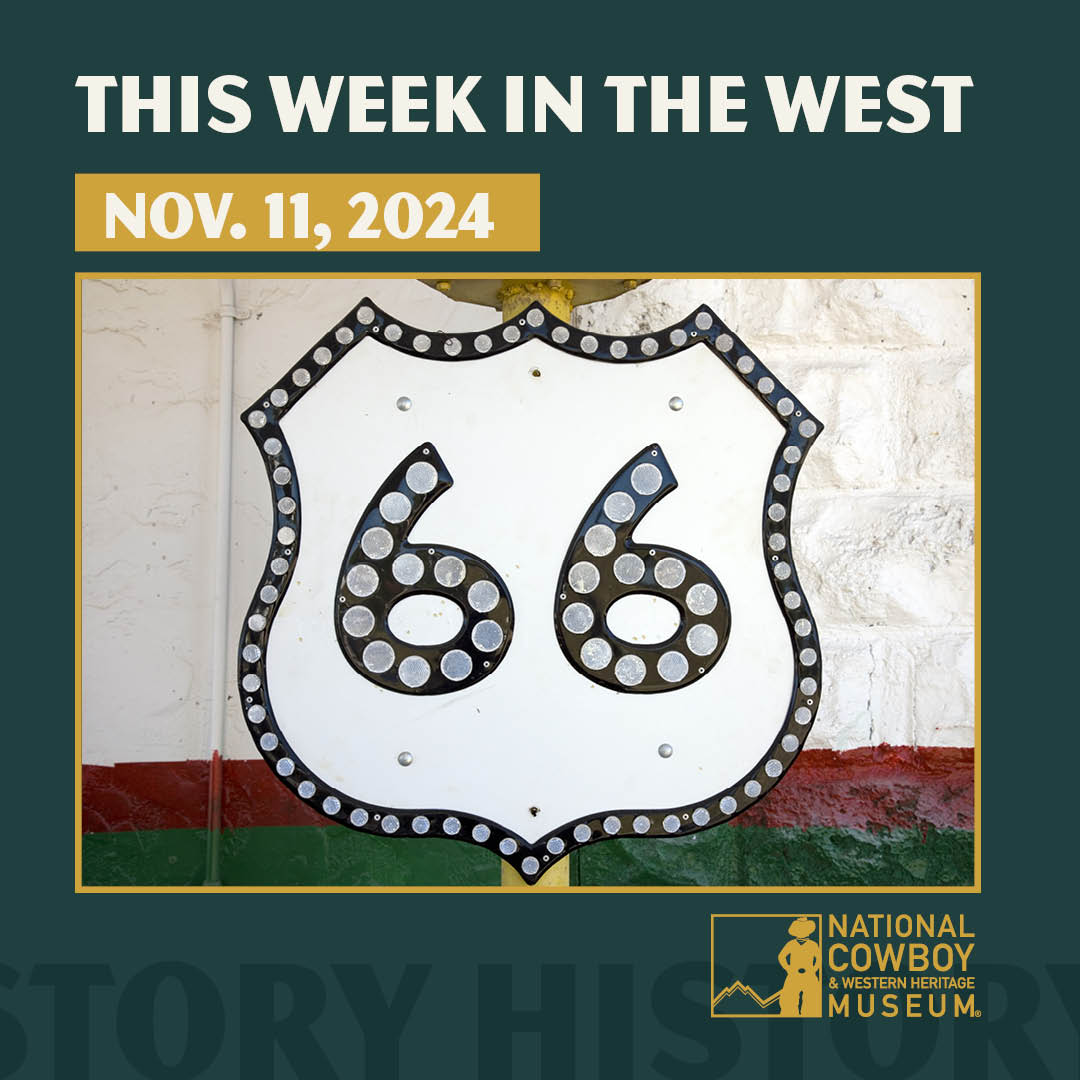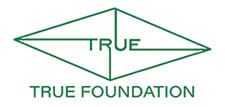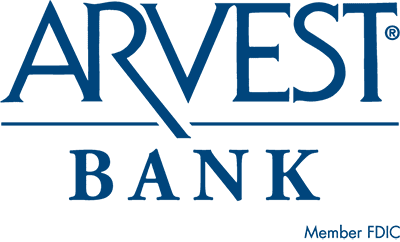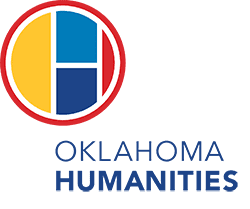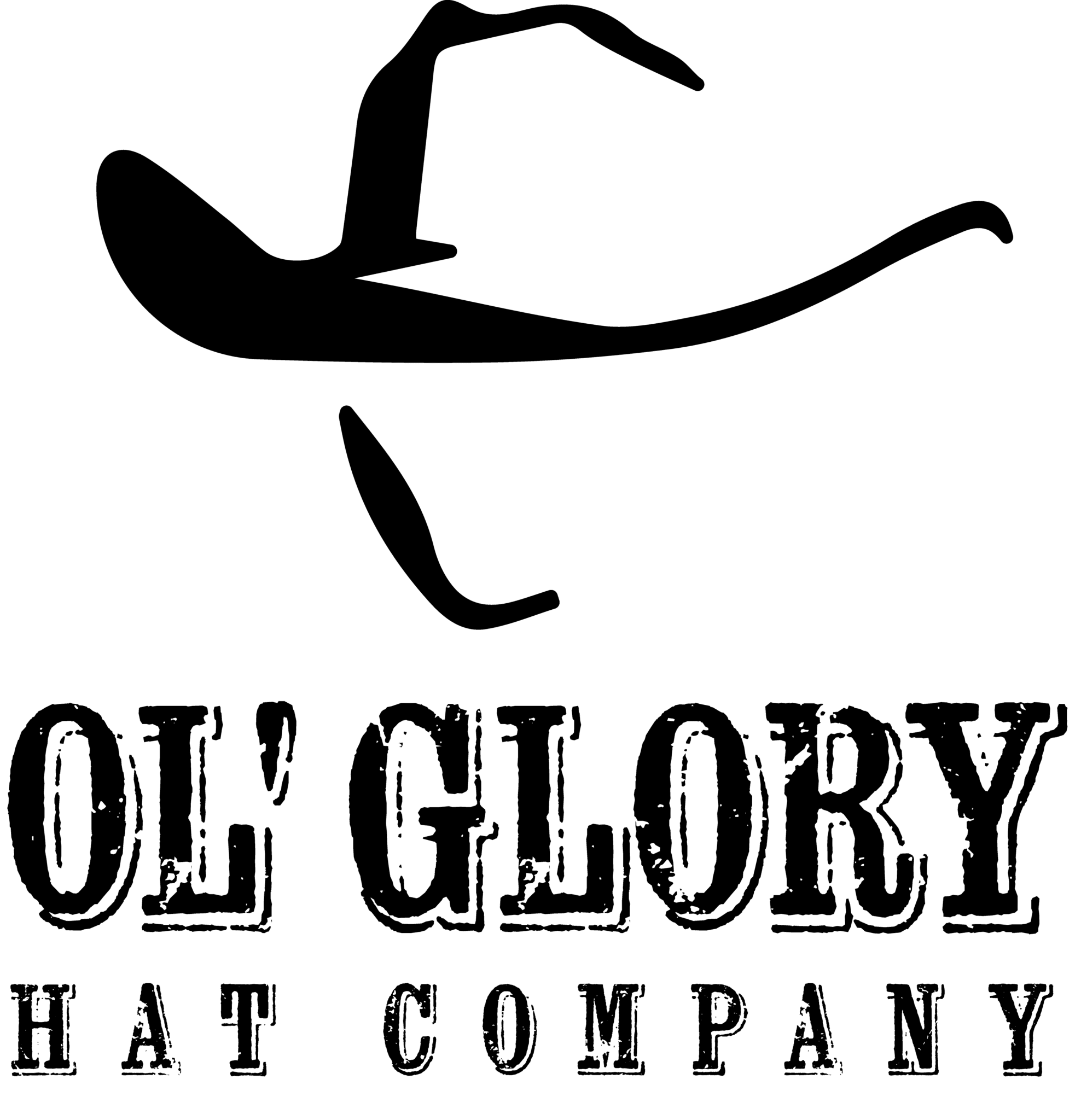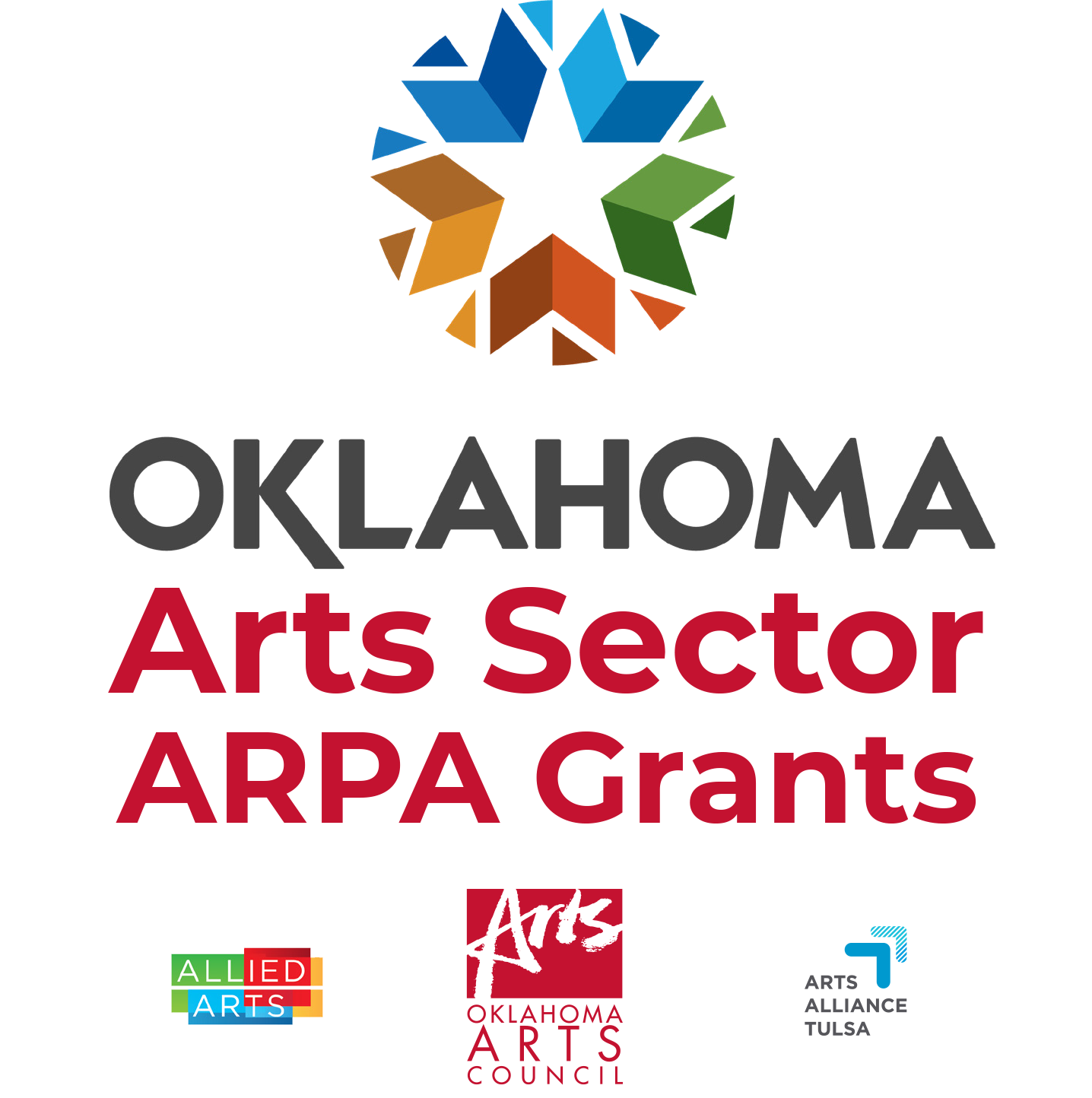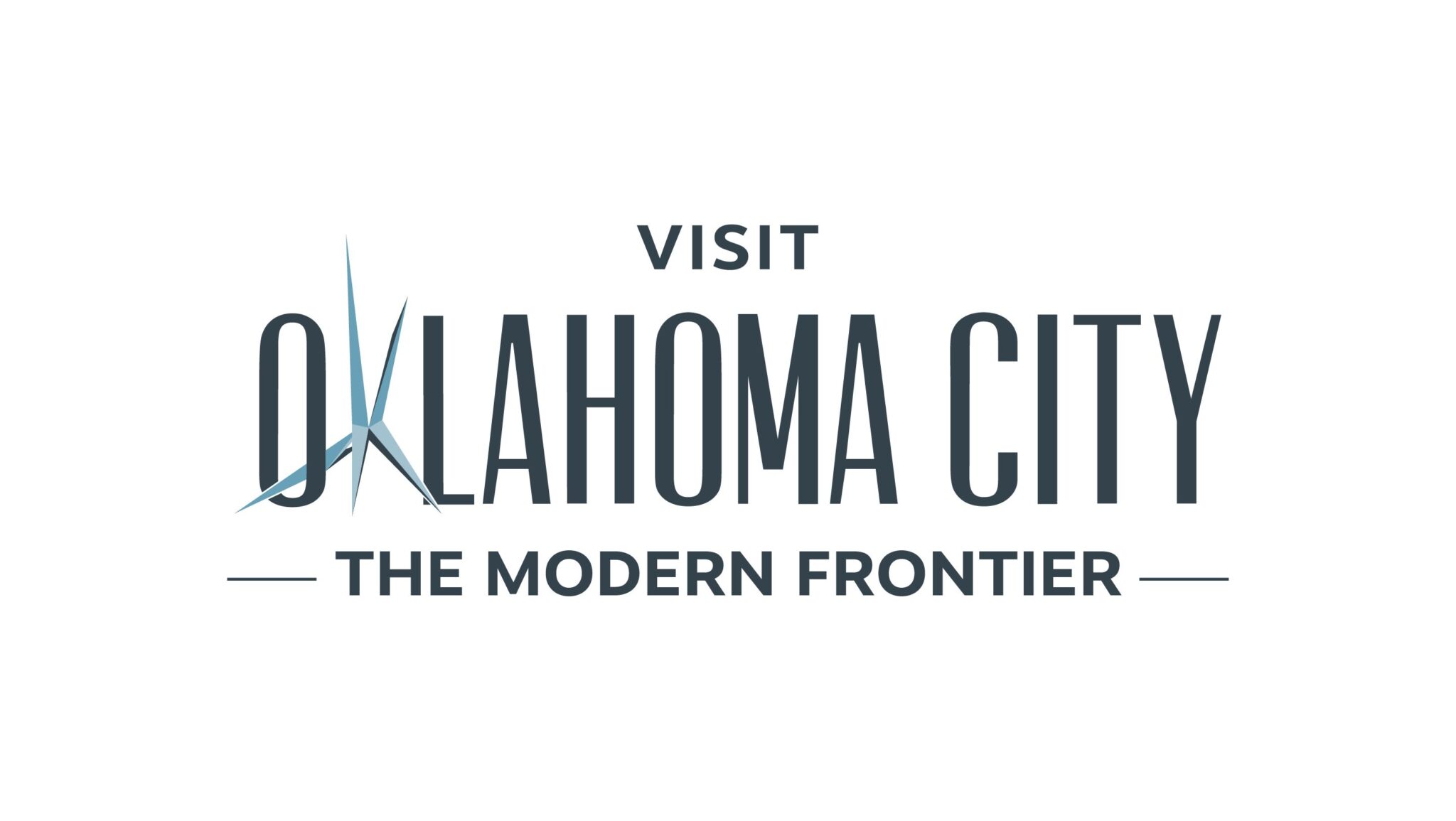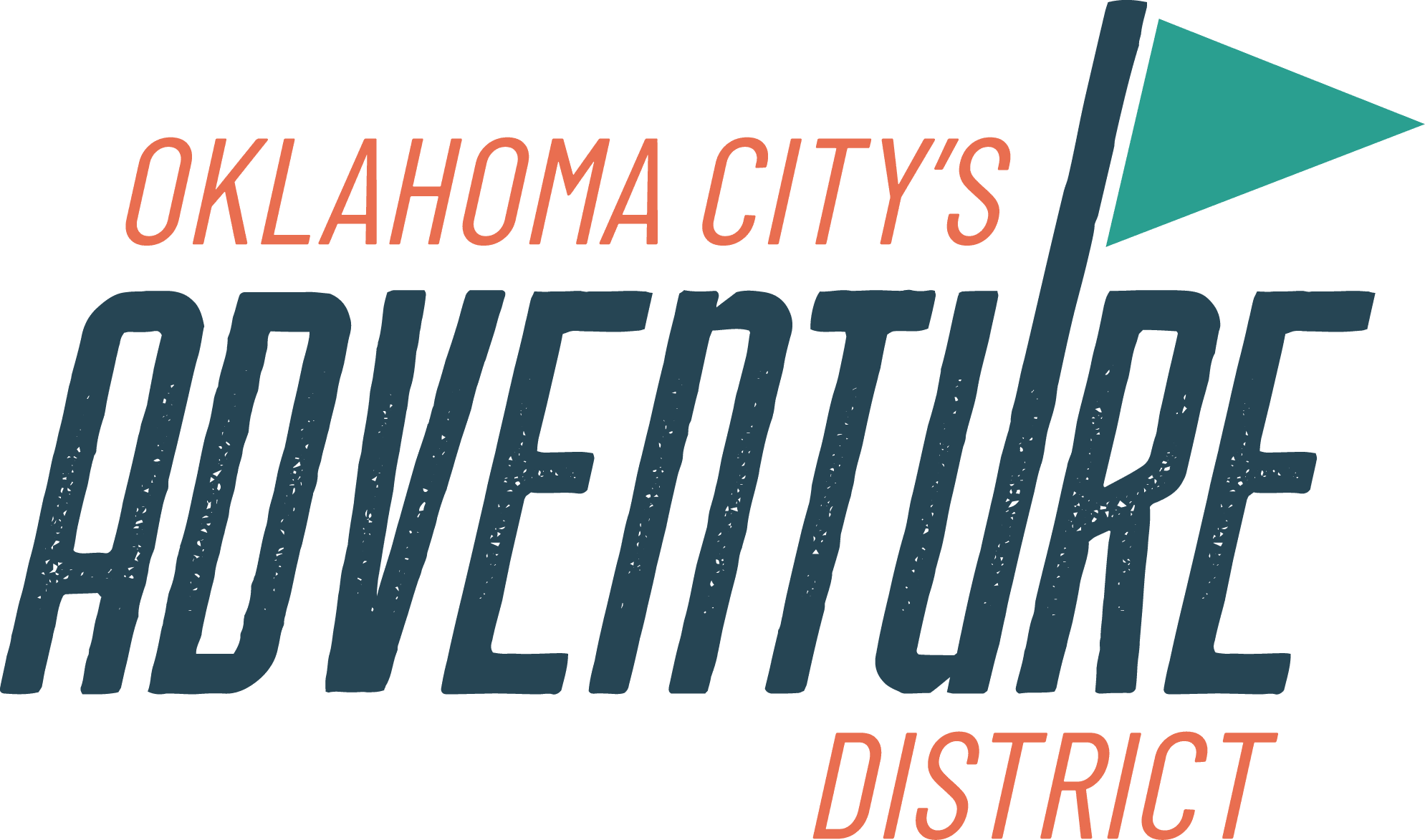We have a new podcast! Welcome to “This Week in the West.” Each week, we’ll share the show’s scripts here on our blog. Be sure to subscribe on your favorite podcast app or check back here every Monday.
If you have questions, ideas or feedback about the podcast, you can reach out to podcast@nationalcowboymuseum.org
WEEK OF NOVEMBER 11: THE BIRTH OF ROUTE 66
Howdy folks, it’s the third week of November 2024 and welcome to This Week in The West.
I’m Seth Spillman, broadcasting from the National Cowboy & Western Heritage Museum in Oklahoma City.
On this podcast, we look share stories of the people and events that shaped the history, art and culture of the American West – and those still shaping it today.
Every summer here at The Cowboy, we see a spike in visitors from Europe. Many who are drawn by the allure of the ultimate American road trip.
Our museum is located along a stretch of Interstate 44, which started its life as part of America’s most nostalgic and beloved highway.
It’s the birthday of the Mother Road. Because on this week, November 11, 1926, the United States Numbered Highway System was approved, and Route 66 was born.
Before 1926, there was no organized system of highways and byways in the country. Some roads were maintained by private auto trail associations. Others were still the rutted dirt paths used by wagons to get to market in the 1800s. There were just crude maps and minimal signage.
That all began to change in 1926, and one of the most important new lines in the system swooped down from Chicago, cut through the heart of Oklahoma, and meandered about the Southwest on its way to its terminus in Santa Monica, California.
The road was not fully paved until 1938 but had its supporters and promoters from its earliest days.
The first stunt to draw attention to the road was 1928’s Bunion Derby, a footrace from New York to Los Angeles that followed along Route 66 halfway across the country. Will Rogers greeted runners along the route, and in the end, the race was won by Andy Payne, a Cherokee athlete from Oklahoma.
Route 66 was touted as the preferred way for people across the country to visit the 1932 Summer Olympics in Los Angeles. Businesses began to pop up along the road, sparking a boom in motels, restaurants and kitschy roadside attractions.
But on its way deeper into the American consciousness, Route 66 took another turn during the Great Depression, becoming the artery for taking the desperate people of the Dust Bowl west to find better fortunes in California.
John Steinbeck launches into a description of Route 66 at the beginning of Chapter 12 of his classic, “The Grapes of Wrath.” It was Steinbeck who coined the enduring nickname for the highway.
“66 is the path of a people in flight, refugees from dust and shrinking land,” Steinbeck wrote. “… From all of these the people are in flight, and they come into 66 from the tributary side roads, from the wagon tracks and the rutted country roads. 66 is the mother road, the road of flight.”
The 1940s saw Route 66 become a critical part of military transportation during the Second World War, including a way for scientists to get from Chicago to the top-secret nuclear site in Los Alamos, New Mexico.
After the war ended, Route 66 rode the nation’s economic boom, with more and more tourists using it for family vacations to the West. The road had placed itself firmly into popular culture.
In 1946, the song “Get Your Kicks on Route 66” hit the charts. It was followed in the 1960s by the eponymous television show.
During his era, cars packed full of families could not only visit us at what was then called the National Cowboy Hall of Fame, but they could see Arizona’s Painted Desert, hotels shaped like teepees, Catoosa, Oklahoma’s Big Blue Whale, and the 72-ounce steak challenge at the Big Texan in Amarillo, Texas.
But Route 66’s prominence didn’t last forever. In 1956, the Interstate Highway System was created, and suddenly, travel became less about roadside novelty and more about getting from one place to another as fast as possible.
Some parts of the route were abandoned, while in places like Oklahoma, tollways paralleled the old road but with non-stop, four-lane progress. In other parts of the country, Route 66 was just consumed by the new Interstates with parts transformed into I-44, I-40, and others.
But nostalgia is a powerful thing.
In the 1980s, groups began to spring up, promoting the preservation of the old road and its unique attraction. Various sections of the road itself were placed on the National Register of Historic Places. The brown road signs designating “Historic Route 66” began to crop up in more and more places. (So much so, they had to be replaced often after being stolen by collectors.)
In 1999, President Bill Clinton signed the National Route 66 Preservation Bill, which provided money for preservation and restoration credits.
These days, the route continues to draw people from around the world and has turned old attractions into beloved landmarks. We’re honored here at The Cowboy to be on that list of landmarks along the Mother Road and we’re excited about the upcoming celebration of Route 66’s 100th Anniversary in 2026.
And with that, we put the brakes on another episode of “This Week in The West.”
Our show is produced by Chase Spivey and written by Mike Koehler
Follow us and rate us on Apple podcasts or wherever you hear us. That helps us reach more people.
We can follow us on social media and online at nationalcowboymuseum.org
We leave you today with some words from Pixar director John Lassetter, who created Cars, a love letter to The Mother Road: “The spirit of Route 66 is in the details: every scratch on a fender, every curl of paint on a weathered billboard, every blade of grass growing up through a cracked street.”
Much obliged for listening and remember, come Find Your West at the National Cowboy & Western Heritage Museum.
Photo credit: Kiddo 27/Wikimedia Commons
